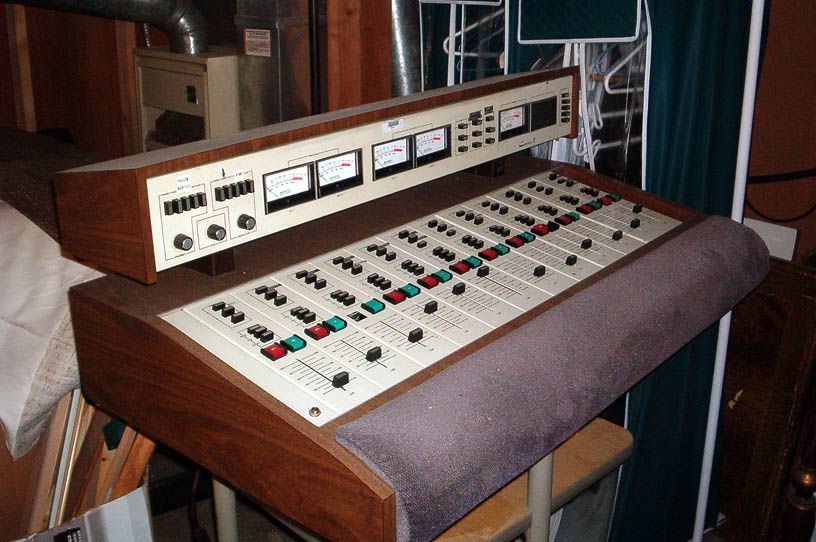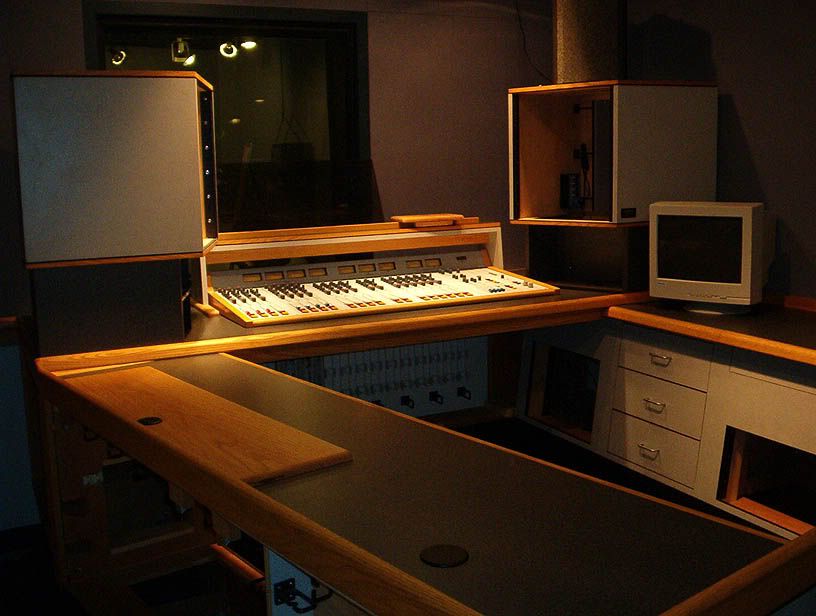32GB RAM, 3.6GHZ 8-core CPU, 3TB 7200rpm HD (more storage available) - Windows 7 Ultimate SP1
MSI 970A-G43 - Motherboard
M-Audio US41750 Audiophile 192 Hi-def - Sound Card (bought a while back for the inputs)
Kenwood VR-606 5.1 Receiver (6-chan analog inputs)
Kenwood speaker package and sub
I'm researching a good soundcard for outputs. My MB has analog outs, but I'm not sure it is performing well.
I've been told to stay away from Creative and find something with ASIO drivers.
I have various mics, drum machines, kaoscillator, amps, guitars, etc.
I plan to use my Roland VS-2000 as a soundboard. Record in hi-def on my computer, but use the VS-2000 for it's XLR and 1/4" inputs - just pass through in analog.
I'm still research good recording software, as well as multi-channel mixing software.
Any comments or suggestions appreciated!
A solid package, but depending on it's age the M-Audio is possibly using a creative chipset.......sorry.
For audio I/O, your only limitation is a budgetary one - can I ask how much you are prepared to spend (and please remember that along with amplification & speakers this is the single most important piece of kit in your rig) and what input/output counts you require? You absolutely want ASIO drivers for low latency (and to avoid creative because of the resampling problems of course) and your budget is critical information. Converters internal or external is another decision - I prefer external myself because it's not only more convenient but a break out box usually has professional grade connectors & connectivity options as the last thing you really want to do is run unbalanced main outputs to the amplifier! You also need to consider what functionality is needed. A lot of options these days include some sort of bundled plugins but in most cases these are not worth bothering - there are notable exceptions (UAD, Focusrite Red amongst others) but unless the interface includes DSP to offset the load from your CPU you should not base a buying decision of this magnitude based on anything other than sound quality. In the DSP category you have UAD Apollo or Waves IOS - neither are cheap but they are both seriously good interfaces, not to mention the bonus of DSP offloading and the awesome Unison feature in the UAD Apollo is wonderful if you record much. Both systems allow tracking through their plugins as well.
If no DSP is required, RME are pretty hard to beat in my mind. Again, it depends on your needs, you might want to go down the Prism route (especially if DSD is your thing) and again they have an awesome reputation for quality, as do Apogee - all these are external boxes though. RME do PCIe cards as well as straight I/O interfaces with no converters on them (my preferred route) and there is also a large move towards networked or network capable systems such as the Focusrite Dante series. Phew - we really do need to know needs & budget here.
DAW/Software.
Very subjective. Lots of people swear by ProTools, but I swear at it myself and much prefer Nuendo. Logic users seem pretty united in sticking with v9 (although this is hearsay) and PT users are a law unto themselves.
On the PC there are a lot of decent options - I love Nuendo, others loathe it. Reaper is rated quite highly by those who use it, and it does have some neat features that Nuendo is lacking (Native Sidechain for VST2, for starters). In all honesty in this age of plugins they are all pretty much of a muchness and it's what you use them for that counts more than what it is. The biggest differences these days are generally down to the myriad of plugins out there, which is our next topic.
Add-ons, Plugins & utilities.
Again a very personal list, starting with the essential utilities:
1 - MacDrive by MediaFour. Absolutely essential if you run a PC based setup as it is a stone cold certainty you will have to deal with a Mac volume that is formatted as HFS+ instead of exFAT.
This reads, formats & writes to mac volumes with ease and you can even work with a mac volume in a PC application using it.
2 - AA Translator. Again essential if you are a jobbing mixer - you're going to get a lot of odd file formats and project formats, and this little beauty will save your life. Again & again & again.
Their support is second to none as well - send a PTF file you cannot translate & they will get you the fix within hours.
3 - Voxengo R8Brain Pro. It's either this or Weiss Saracen, and Saracen is a lot more expensive. Necessary for sample rate reduction & word length shortening by adding just flat triangular dither & no bloody noise shaping.
This does the best job of sample rate conversion I have ever used myself.
Plug-Ins.
Very personal, very subjective & usually controversial. Here's my list of regulars (I do have others, but these get regular use)
1 - UAD. I am a greedy git & have them all, but the absolute essentials here are all the EQ's & Compressors, the Channel Strips, the 4 tape machines, the Lexicon, the RMX16 and the Precision Limiter - and I wager there are some that have slipped my mind right now as well. All of their tools are of superb quality and get used here on a regular basis.
2 - Waves. Their 360 bundle is still a regular, as are a bunch of their other tools. Again hard to really pick any standouts as they are all different & task dependent. Some lovely vintage EQ (EMI, Chandler, Abbey Road packs etc) and some nice reverbs and channel strips of consoles & units not seen anywhere else such as the Scheps Neve 1073, the REDD series etc. Deals with substantial discounts often available too.
3 - Slate Digital - VCC is wonderful, and the VMR is fine as well - it's an interesting tool similar to the Waves StudioRack module - the VMR allows you to add "modules" like a kind of virtual lunchbox whereas the Waves one allows you to use up to 8 of any supported plugins in one chain, with interaction between them & the additional ability to save these chains cross-platform and even offload them to an SG server or equipped IOS box.
4 - SofTube. I have the Summit Grand Channel & the Tube Tech Grand Channel. These split into separate modules as well as a huge channel & the VST3 compressor versions have native sidechain. Their Spring Reverb also sounds really neat on guitars, and the TSAR reverb is very interesting too, which brings us to
5 - Reverbs.
ReLab's LX480 complete - an awesome recreation. Lexicon PCM Native Bundle - 14 tools for under $600 if you hunt around, maybe less than that. AudioEase AltiVerb 7 - the best IR library available bar none.
Reverbs are the hardest things to find in software as so many sound just plain poor to me. Open to suggestions myself.....
Hope some of this helps







